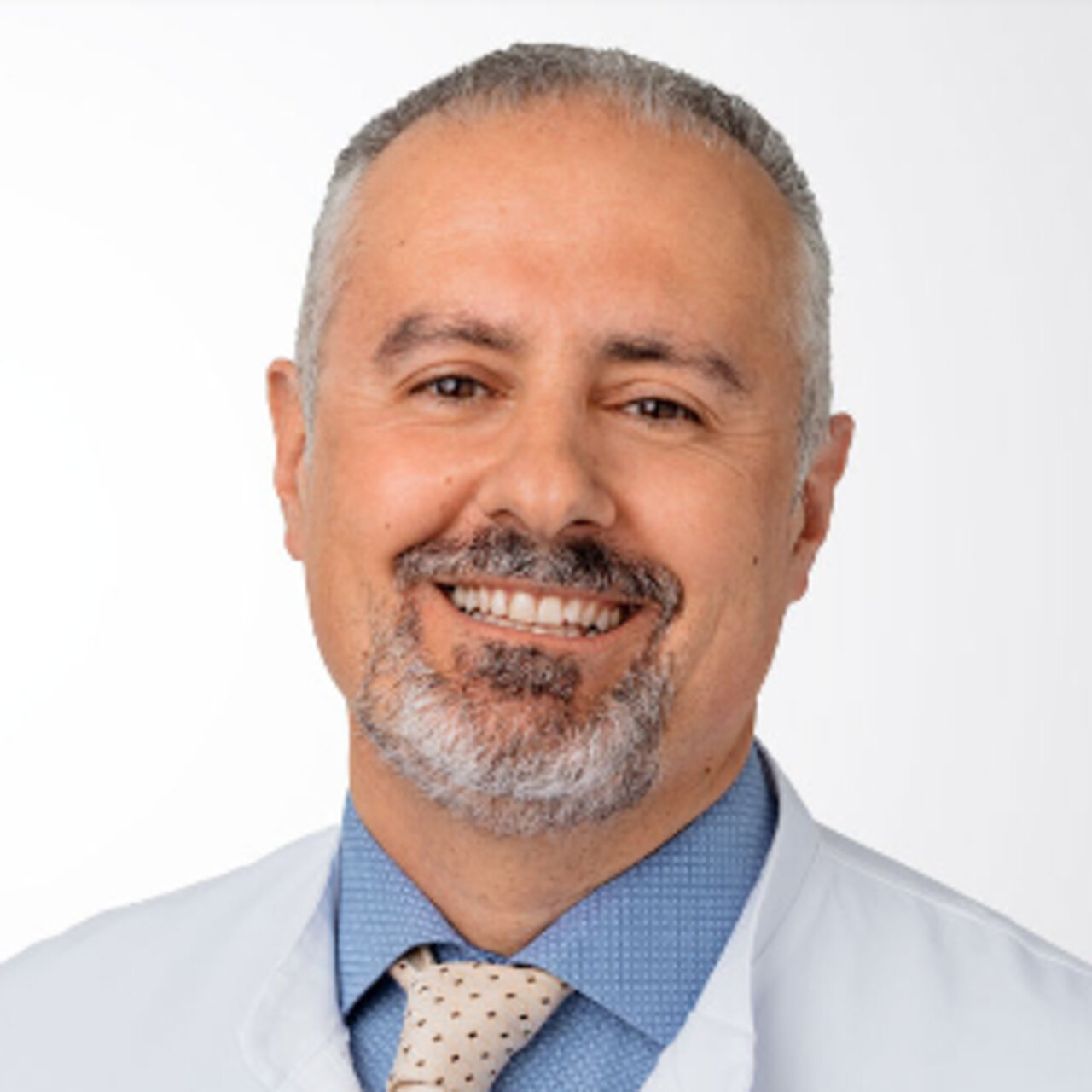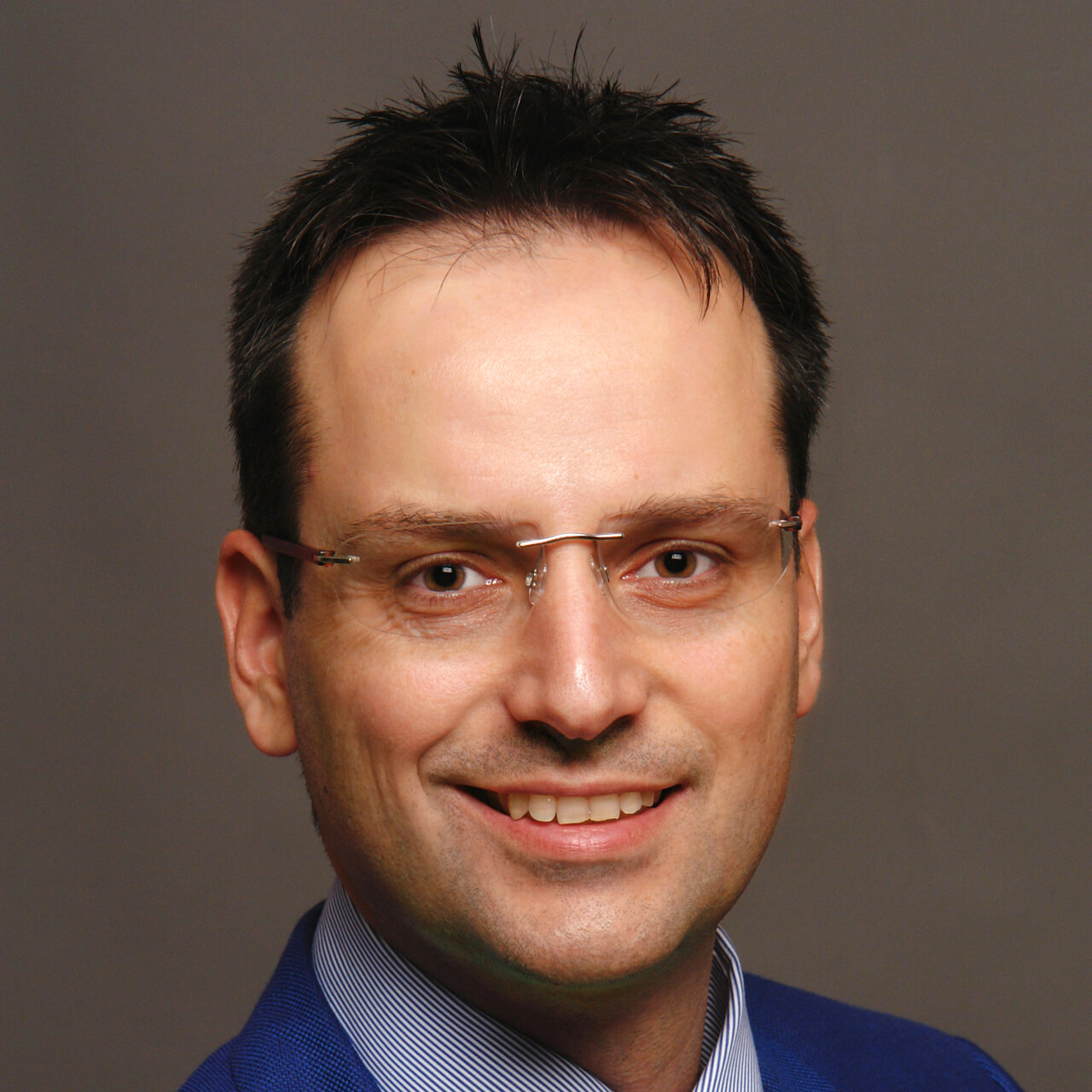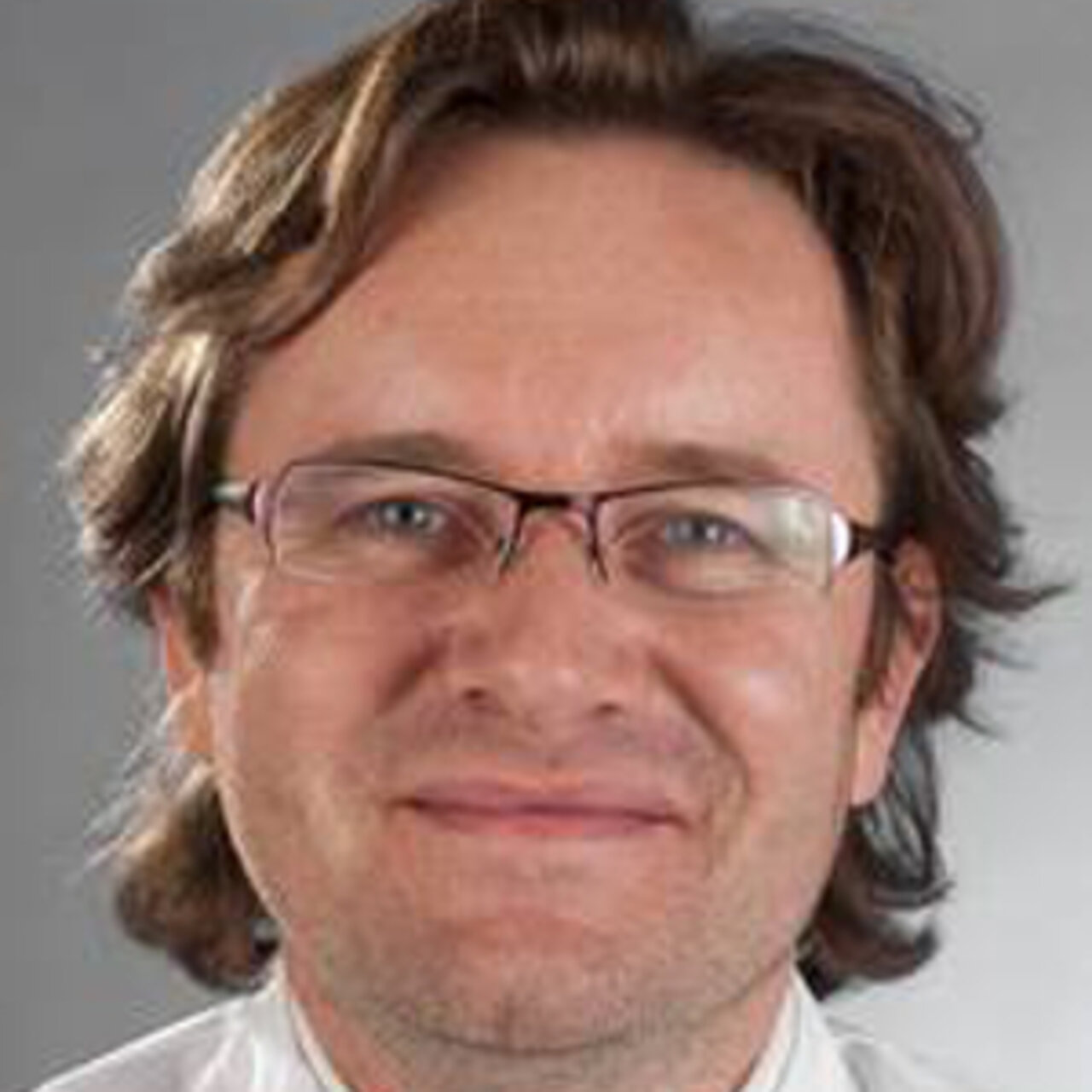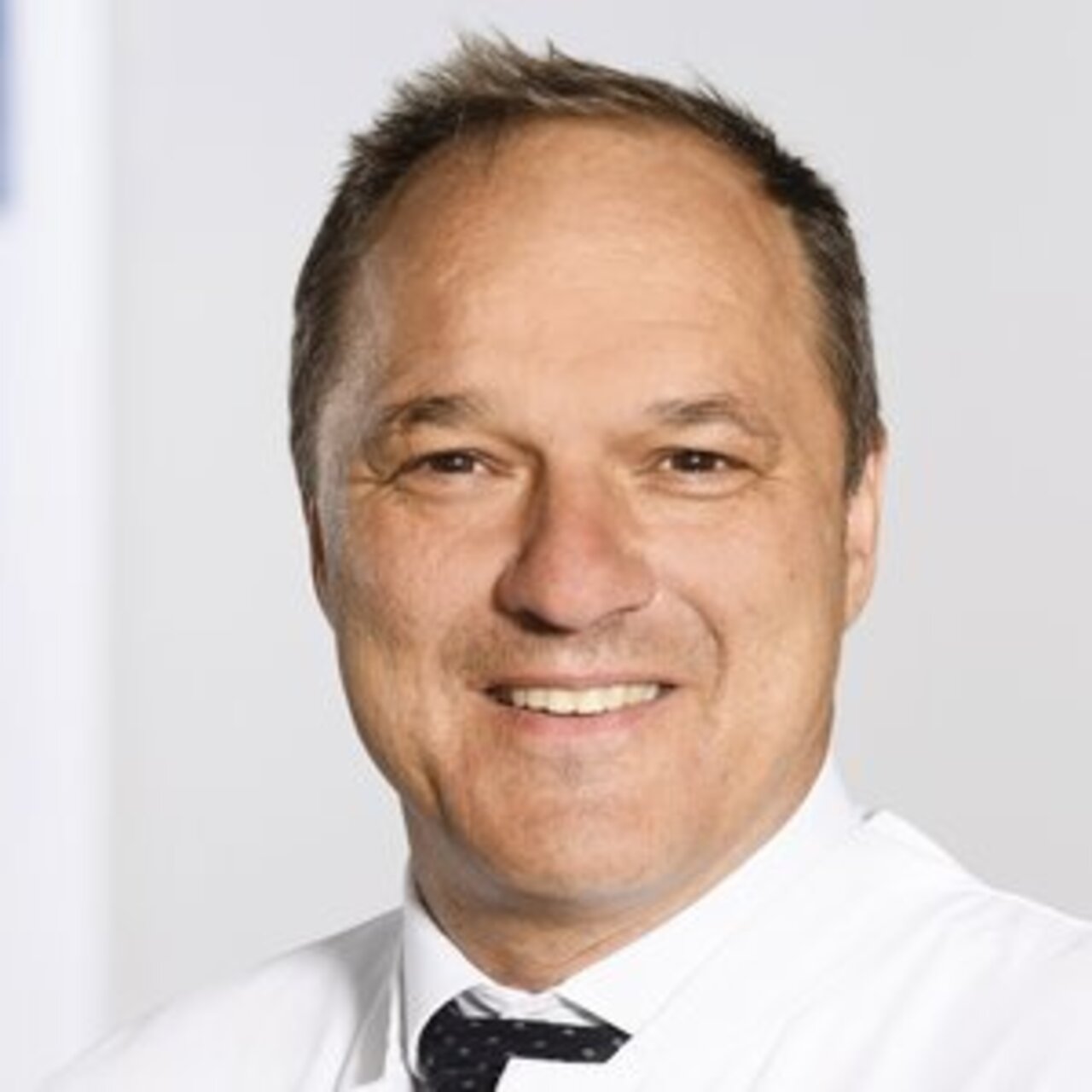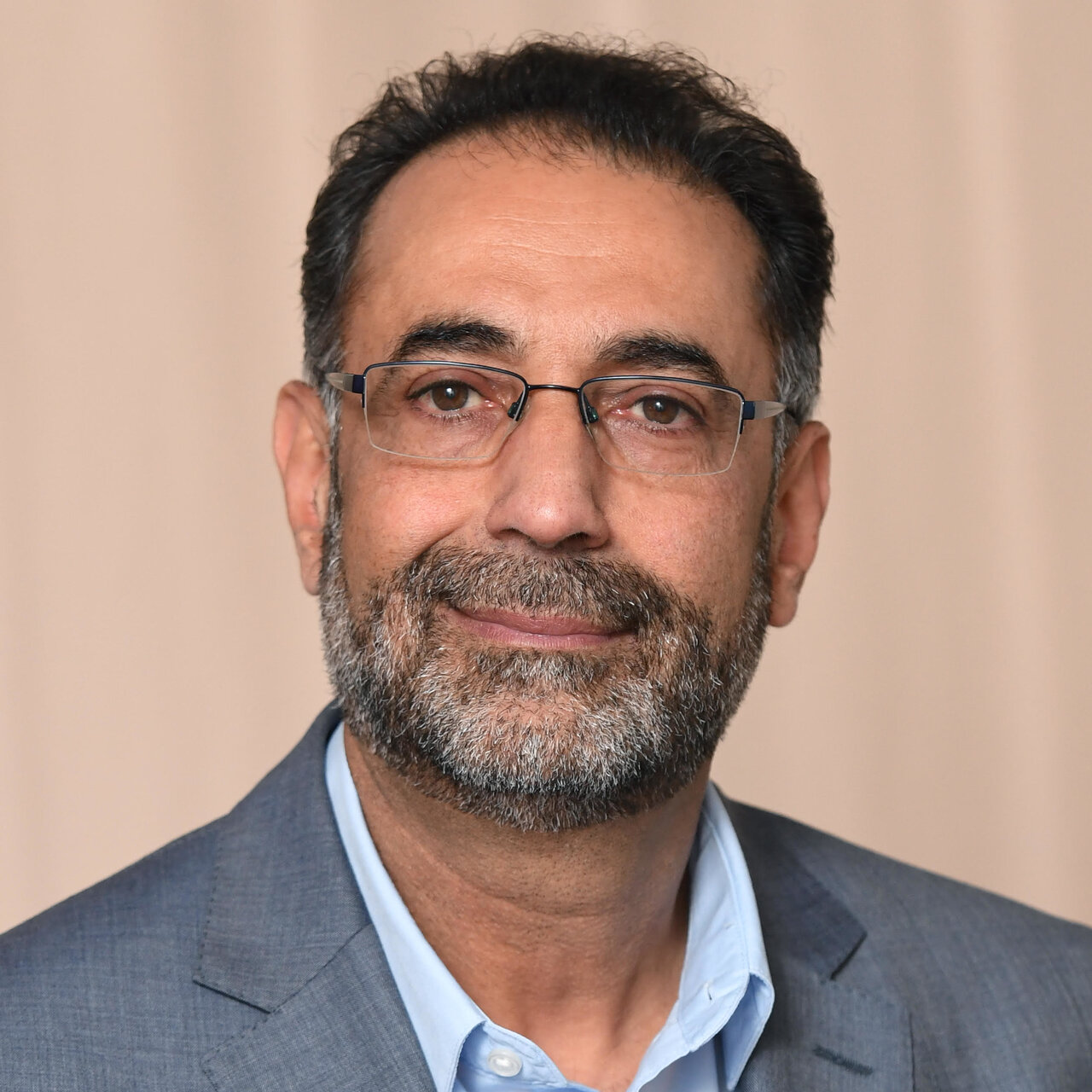Specialists in Artificial Disk Replacement
10 Specialists found
Information About the Field of Artificial Disk Replacement
What Is an Artificial Disk Replacement?
The artificial disk replacement replaces the natural intervertebral disk in some severe degenerative diseases of the intervertebral disk. Especially in the case of herniated disks of the cervical spine, artificial disk replacement has proven itself as an alternative to spinal fusion surgery in recent years.
Modern artificial disk replacements usually consist of a metal-plastic tribological pairing with a freely movable or fixed center of rotation. Before implantation, the damaged disk is removed. In its place, the artificial disk is inserted between the vertebras. The artificial disk is intended to replace the function of the natural disk and maintain the mobility of the vertebrae.
When Is an Artificial Disk Replacement Advisable?
Artificial Disk Replacement in the Cervical Spine
The artificial disk replacement is mainly used for herniated disks of the cervical spine. Especially if there are additional symptoms of nerve root damage, an artificial disk replacement can be considered. In some cases, it is also implanted into the cervical spine for other reasons, such as a pronounced osseous nerve canal stenosis (foraminal stenosis) or in combination with fusion surgery, if several vertebral segments are affected by degenerative alterations.
However, its use is not always recommended in these cases. Inflammatory processes, injuries, instability, severe osteoarthritis in the small joints of the vertebrae, tumor diseases, or osteoporosis are all reasons for excluding artificial disk replacement.
Artificial Disk Replacement in the Lumbar Spine
Using artificial disk replacement is also possible for herniated disks of the lumbar spine but is currently not recommended. In its guideline, the German Society for Orthopedics and Orthopedic Surgery is clearly against Using artificial disk replacement in the lumbar spine.
Microsurgical or endoscopic treatments are usually used for herniated disks of the lumbar spine. Through a small access via the back, prolapsed disk parts are removed. The implantation of an artificial disk replacement is complex. For this method, the surgeon must gain access to the lumbar spine via the abdomen. In doing so, there is a risk of damaging important nerves and blood vessels.
To date, there have been no studies proving a beneficial use of disk replacement compared to conventional surgical methods. The lumbar spine is subjected to higher stress than the cervical spine. If the vertebra joints were already damaged before surgery, increased mobility from the artificial disk replacement might increase pain. Fusion surgery often helps the affected patients better.
Bei der Versteifung treten nach der Operation häufig Verschleißerscheinungen in den angrenzenden Wirbelsegmenten auf. Durch die Versteifung eines Wirbelsegments werden die angrenzenden Wirbelsegmente stärker belastet. Es wurde vermutet, dass diese zusätzliche Belastung für die als Anschlussdegeneration bezeichneten Verschleißerscheinungen in den angrenzenden Wirbelsegmenten verantwortlich ist.
Artificial Disk Replacement or Fusion for Cervical Disk Herniation?
Artificial disk replacement was developed mainly as an alternative to the so-called ventral fusion (ACDF, anterior cervical decompression, and fusion). Ventral fusion is a surgical technique used for cervical disk herniations. In this procedure, the herniated disk is removed, and the vertebra above and below this disk are fused and stiffened. In contrast to stiffening, the artificial disk replacement preserves mobility in the affected vertebral segment. It has been increasingly used in recent years.
After a fusion surgery, signs of wear and tear often occur in the adjacent vertebral segments after the surgery. By stiffening one vertebral segment, the adjacent vertebral segments are subjected to more significant stress. It has been presumed that this additional stress is responsible for the signs of wear in the adjacent vertebral segments known as connection degeneration.
Studies and Experience with Artificial Disks
It was hoped that artificial disk replacement would also improve this problem. But the artificial disks could not prevent connection degeneration. Although there is evidence in the literature that they occur less frequently with artificial disk replacement, there is no evidence of a relevant difference. In the meantime, a genetically determined susceptibility has been discussed.
There are now many studies comparing disk replacements with fusion surgery. The clinical results, the frequency of follow-up degeneration, the complications, and the frequency of further surgery have been studied and compared for both methods. The German Society for Orthopedics and Orthopedic Surgery concludes in its guideline that there are overall no severe differences between the two methods in the criteria mentioned.
However, the German Society for Neurology describes the superiority of the disk replacement in some points in its guideline. Consequently, it can be concluded that at least similar good clinical results can be achieved with artificial disk replacements and with fusion.
Artificial Disks Mainly for Younger Patients
The artificial disk is not an option for all patients. The disk replacement is particularly suitable for younger patients who do not yet have advanced degenerative changes in the affected vertebral segments. In severe degenerative changes of the intervertebral disks and vertebras, the curvature of the cervical spine, significant instability, and significantly more severe spinal cord damage, stiffening surgical techniques are more suitable.
The Procedure of Implanting Artificial Disk Replacements?
The patient is informed about the surgery and risks and undergoes examination before the procedure. The surgery is carried out under general anesthesia. If the disk surgery is carried out in the cervical spine, the surgeon gains access to the spine through a small incision in the front of the neck. The surgeon slightly expands the disk space and removes the natural disk. Then, the surgeon determines the size of the artificial replacement with a trial implant and prepares the vertebral bodies for placing the implant.
Modern disk replacements have metal endplates that are anchored in the vertebral bodies adjacent to the removed disk. Between the plates is an elastic slide core made of plastic. A ring of firmer plastic surrounds the sliding core. This structure is based on the natural intervertebral disk with softcore and fibrous ring. The sliding core is either freely movable or fixed. With fixed models, forward and backward movement, as well as sideways movement, is possible. With non-fixed models, rotational motion is also possible. There are also models with a metal rotation core.
What are the Possible Complications During Surgery?
During surgery, a nerve that innervates the vocal cords can be injured when accessing the spine. If injured, patients complain of hoarseness. Temporary damage occurs in about 10% of patients, permanent damage in 2-8%. Rarely, nerve injury results in the so-called Horner's syndrome (unilateral constriction of the pupil, drooping eyelid, sunken eyeball) or injury to the esophagus or trachea.
The surgeon may injure the spinal cord when hammering in the trial implant or disk replacement, leading to neurological complications. Also, misplacement of the implant may increase the patient's neurological symptoms and pain. After surgery, a hematoma can develop, which may cause a life-threatening constriction of the airway and requires immediate surgery.
Infection with wound healing problems rarely occurs. If this is the case, the infected disk replacement must be surgically removed. It is not possible to place another disk replacement after, and the vertebra must be surgically stiffened. The risk of complications after the procedure is significantly higher than after the first surgery. Overall, the risk of complications after implanting an artificial disk is comparable to a stiffening surgery.
How Long Until Patients Recover from the Artificial Disk Replacement Surgery?
Patients usually recover pretty quickly from the surgery. The patient is allowed to move already one day after the surgery, and after a few days, the patient can leave the hospital. Inpatient rehabilitation is not necessary.
During the initial six weeks, mobilizing physical therapy of the cervical spine should be avoided, and patients should not lift or carry heavy loads. After 12 weeks at the latest, the fit of the replacement should be checked with an X-ray. The patient should review which sports are possible after this time with the treating physician on an individual basis.
What Are the Patients' Experiences with an Artificial Disk Replacement?
Many patients with a herniated disk in the cervical spine are very satisfied with the replacement. In cases of cervical disk herniation, an excellent clinical picture can be achieved, and the mobility of the cervical vertebra can be preserved. The frequent signs of wear in adjacent vertebral segments after ventral fusion also occur in patients with intervertebral disk replacements.
A peculiarity of intervertebral disk replacements is the formation of small bony growths near the prosthesis. This phenomenon is called heterotopic ossification and is also known from other joint prostheses. The bony growths often do not cause any problems, but they can stiffen the vertebral segment in particular cases. The clinical result can be similar to stiffening surgery.
Can a Disk Replacement Slip?
Clinically relevant ossification occurs in 25 to 30% of patients with disk replacements. Many patients fear that the implant will loosen or that the material of the implant will fail. Loosening was more familiar with earlier models, which rarely happens with modern disk replacements. The new models are said to have excellent mechanical strength and long durability. However, a replacement can loosen if the bone quality deteriorates in older patients. A second, more complex surgery becomes necessary in that case. Long-term experience with disk replacements still lacks here.
Patients with herniated disks of the lumbar spine are significantly more satisfied with a stiffening surgery than patients with an artificial disk replacement. In addition, spontaneous ossification around the disk replacement often occurs in the lumbar spine, causing the vertebral segment to stiffen, which puts the use of an artificial disk replacement intended to preserve mobility into question.
Which Doctors and Clinics Are Specialised in the Implantation of an Artificial Disk?
Every patient who needs a doctor wants the best medical care. Therefore, the patient is wondering where to find the best clinic for artificial disk replacement. As this question cannot be answered objectively and a reliable doctor would never claim to be the best one, we can only rely on a doctor's experience.
Implantation of intervertebral disk replacements is performed in orthopedic clinics specializing in spine surgery by specialists in orthopedics and trauma surgery. Neurosurgeons who specialize in cervical spine surgery are also experts in artificial disk replacements.
We will help you find an expert for your condition. All doctors and clinics listed have been reviewed by us for their outstanding specialization in artificial disk surgery and are awaiting your inquiry or request for treatment.
Author:
PRIMO MEDICO Editorial | Created on 08.01.2021 | Last updated 09.06.2021
Literature:
- Deutsche Gesellschaft für Neurologie (2018), S2k Leitlinie Lumbale Radikulopathie. AWMF online, Link: https://www.awmf.org/uploads/tx_szleitlinien/030-058l_S2k_Lumbale_Radikulopathie_2018-04.pdf (12.01.2021)
- Deutsche Gesellschaft für Neurologie (2017), S2k Leitlinie zervikale Radikulopathie. AWMF online, Link ttps://www.awmf.org/uploads/tx_szleitlinien/030-082l_S2k_Zervikale_Radikulopathie_2018-01-verlaengert.pdf (12.01.2021)
- Deutsche Gesellschaft für Orthopädie und Orthopädische Chirurgie e.V. (2020), S2k Leitlinie zur konservativen, operativen und rehabilitativen Versorgung bei Bandscheibenvorfällen mit radikulärer Symptomatik, AWMF online. Link: https://www.awmf.org/uploads/tx_szleitlinien/033-048l_S2k_Konservative-operative_rehabilitative-Versorgung-Bandscheibenvorfall-radikulae_2020-09_01.pdf (12.01.2021)
- Firsching R. et al. (2005). Zervikale Bandscheibenprothesen. Deutsches Ärzteblatt, 102 (31-32)
- Gravius S. (2007). ÜBERSICHTSARBEIT Die lumbale Bandscheibenprothese – Eine narrative Übersicht. Deutsches Ärzteblatt, 104 (38)Krämer J. et a.l (2005). Bandscheibenprothesen: Rückblick, Augenblick, Ausblick. Z Orthop Ihre Grenzgeb 2005; 143(3): 281-286
- Mayer. H.M., Heider F.C. (2016), Der lumbale Bandscheibenvorfall, Orthopädie und Unfallchirurgie, 2016, S. 427-447
- Scholz M. et al. (2018). Künstliche Bandscheibe HWS. Die Wirbelsäule 2018; 02: 309–330

